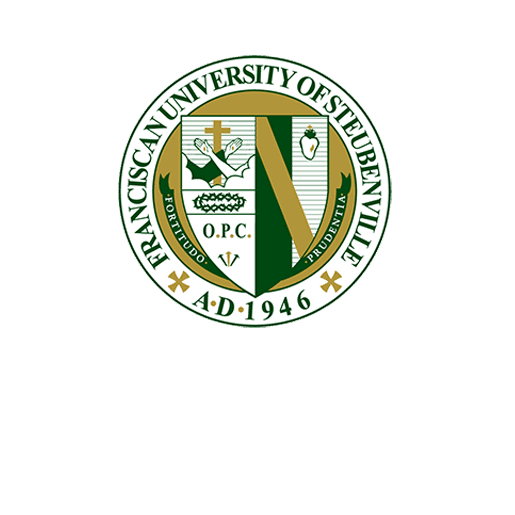Questions people ask about Montessori:
Is it that hippie school down the road that lets kids learn whatever they want? Is it possible to teach reading kinesthetically? Don’t they only teach kids how to pour and home economics? Don’t they clump all the grades and ages together?
Well, the answer is all of those is essentially, yes.
And surprisingly, all of those statements are actually what make the Montessori Method so great and effective.
The Montessori Method was created in 1907 by an Italian immigrant name Maria Montessori. The inspiration for this method was because of her work with special needs students. Her teaching method incorporates principles respecting the freedom of the child and the natural social, mental and physical development of a child.
The Montessori Method incorporates practices like grouping students in three year age range groups (3-6 years old, 6-9 year olds, etc) and independent/student led learning allows for social and emotional development that sometimes isn’t present in traditional classroom. This method incorporates home economics and fine motor skills as soon as you enter the school. Students do activities like pouring and using instruments to pick up small objects in order to develop fine motor skills that will benefit them now and later in life.
Most importantly, this method introduces reading and other subjects using kinesthetic strategies, allowing these principles develop faster and to have a more lasting effect. For example, to teach letters, the Montessori method uses sandpaper letters so the students may touch the letter while say and seeing the letter in front of them. Another example of how reading principles are introduced is the movable alphabet. The movable alphabet is simply small tiles with the letters of the alphabet on them. Students can touch them and move them around to show how different letters make up different words in their world. Both these activities are probably the primary reading exercises in the younger classrooms.
The Montessori Method is a teaching method that plays right on the way our brains operate and how we naturally learn. Looking for a more holistic, natural way to teach? Look to Montessori.






